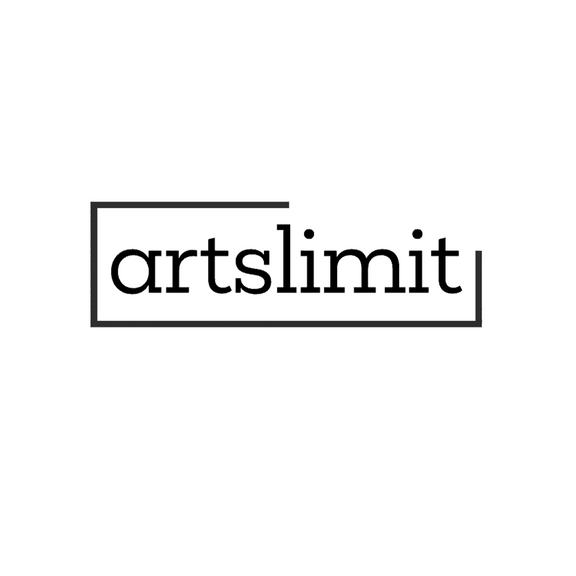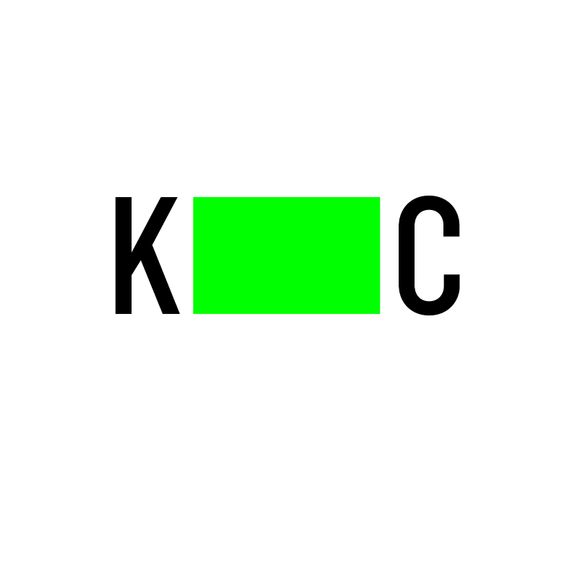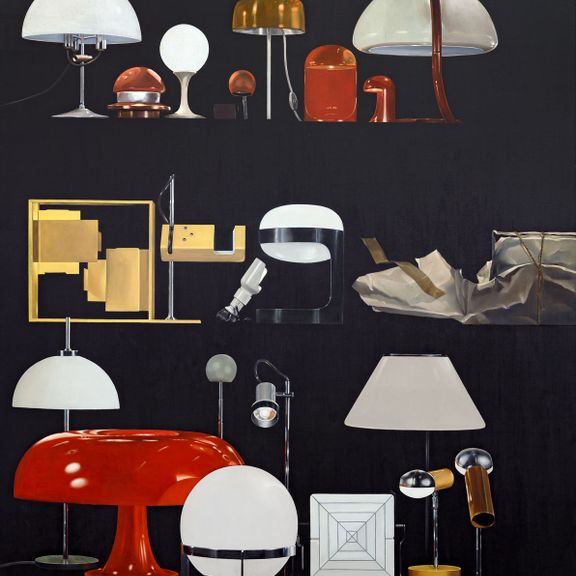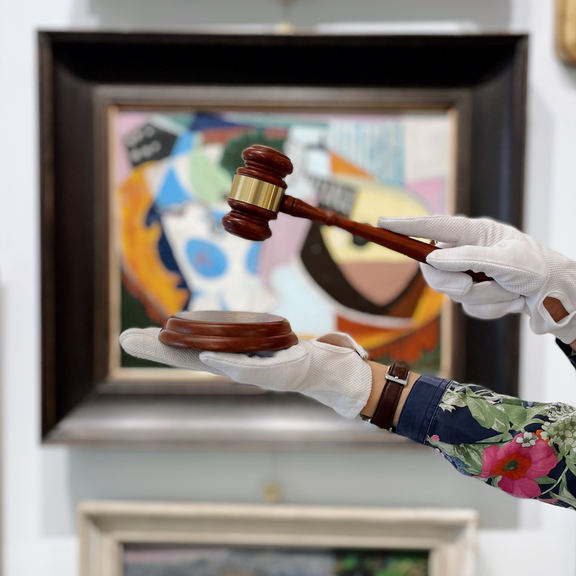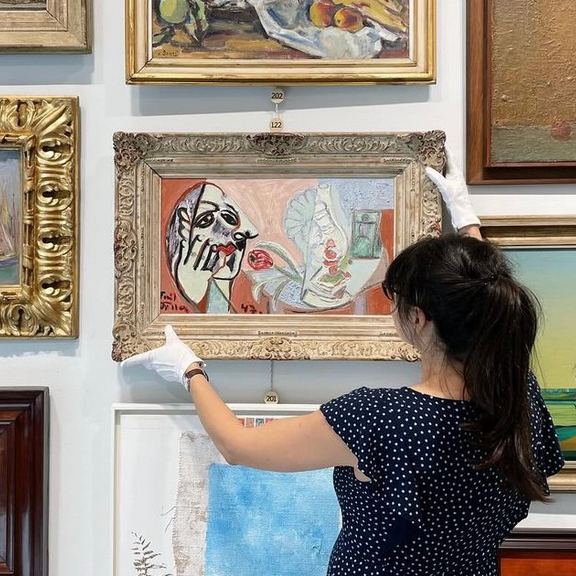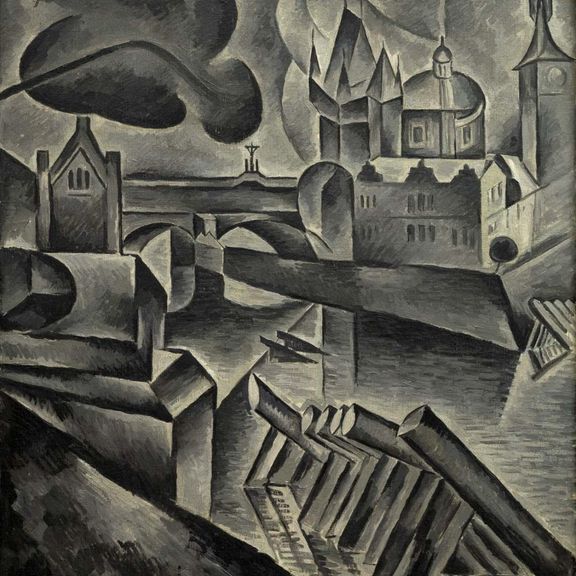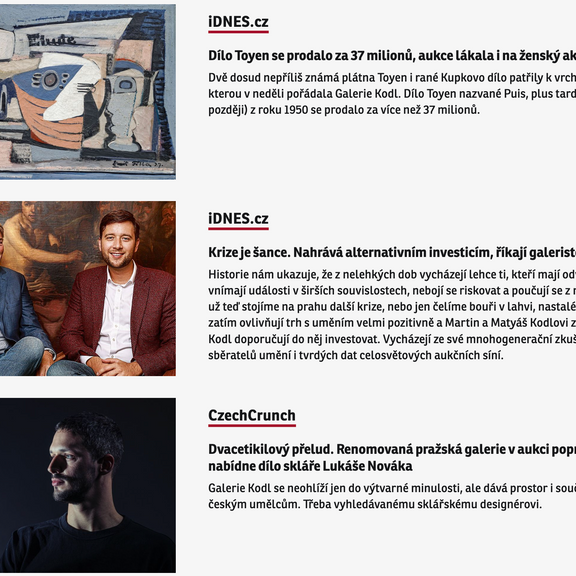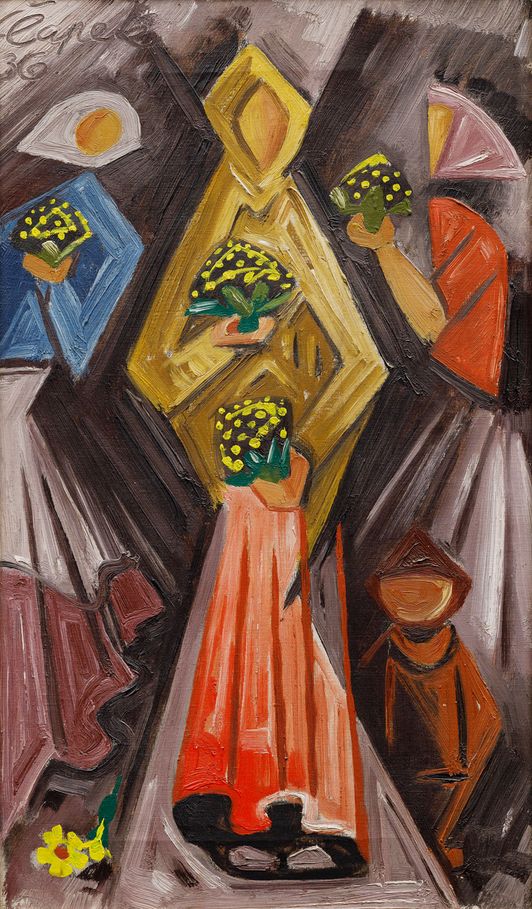
oil on canvas
1936
upper left
51.4 × 31 cm
frame
One of the leading Czech modern painters, Josef Čapek, had a very thoughtful, intellectual and, above all, sensitive nature. He sensed the imminent threat of emerging fascism very early and began to speak out strongly against it. His views are noticeable both in his literary and visual art production. He expressed his opinions quite openly, for example, in drawings for the Lidové noviny newspaper since 1933, of which the series Dictator’s Shoes was published as a book even before the war (1937). Man and his freedom were always most important to him, and now not only his entire nation was in danger, but above all humanity as such. In Čapek’s paintings, this struggle can be seen in a strong inclination towards expression, inspired by the emotional artistic language of Edvard Munch. This dramatic impression appeared for the first time in his painting Cloud from 1933. Gradually, also his subject matters changed. He left the previous optimistic paintings and drawings of children and began to turn to landscapes and figurative motifs whose future path was marked by Flower Girl (1930). From 1933 to 1936, during the dramatically increasing threat of war, he devoted himself to this subject matter, and the presented painting belongs to this group. It was executed using strict sharp brushwork and even cubist shapes, almost abandoning the soft curved lines of the previous years. The urgency of the work and its form in some way predicted the future cycle of oil paintings and drawings, Fires, which also echoed in his sketches from the prison. Women with Flowers not only presents Čapek’s immense courage and sensitivity but is a reflection of the pre-war period, which was very well recognised and predicted by the artist, and thus an important document of our history and culture. The value of this painting is enhanced by its origin in the collection of Norman and Suzanne Hascoe, also known as The Hascoe Family Collection, which is considered one of the most important private collections of Czech modern art. It was exhibited at the Umělecká beseda members’ exhibition in 1936 (Municipal House, Prague, 11 July 1936 – 19 January 1937, cat. No. 19), as evidenced by the stamp on the stretcher. Assessed during consultations by prof. J. Zemina and PhDr. K. Srp. The expertise of PhDr. P. Pečinková, CSc is attached.

